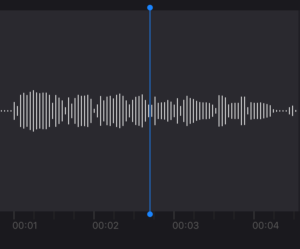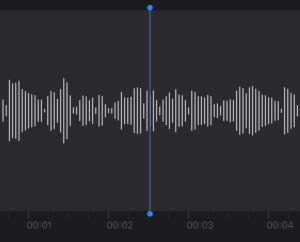For over two decades now, the TED organization has been giving great thinkers and innovators a platform through which to share their ideas through presentations.
Their work has benefited the presentation community in many ways. For example, they’ve given us hundreds of examples of presentations we can learn from and they’ve distributed great resources for speakers. One such resource is their speaker’s guide. In it, they offer great information for those interested in delivering a TED talk.
In this speaker’s guide, they offer an effective and impactful 4-part presentation structure. Here’s the structure TED offers: “1. Start by making your audience care, using a relatable example or an intriguing idea. 2. Explain your idea clearly and with conviction. 3. Describe your evidence and how and why your idea could be implemented. 4. End by addressing how your idea could affect your audience if they were to accept it.”
Yesterday, we looked at step 1 in the structure. Today, we’ll be breaking down what TED means when they say to “explain your idea clearly and with conviction.” Let’s find out what “clearly” and “with conviction” really look like.
Explain Your Idea Clearly
We all communicate and learn in unique ways. So what might make sense to you might be totally confusing to another person. How, then, do we achieve clarity? The key to making sure your ideas are clear boils down to using simple language and using a variety of supporting content.
Simple Language
You should make plain, accessible language one of your main goals. While you might initially think using plain language can harm your presentation, consider what expert Ginny Redish had to say in a 2014 interview with Rosenfeld Media. “Plain does not mean dull. It’s not a matter of dumbing down. It’s a matter of meeting people where they are and saving people’s time.” Redish points out that when we simplify and clarify our language, everyone benefits.
Content Variety
The other way to achieve clarity in your presentation is to use a variety of supporting content. Some listeners will respond great to statistics. Others love visuals. Some audience members understand best with stories. And for others, a clear example is the path to clarity. When you present your ideas, you should “pepper” your presentation with different types of supporting content to help reach the variety of learners in your audience.
Explain Your Idea With Conviction
Take a look at a few of the synonyms for “conviction”: certainty, assurance, confidence, passion, sureness. When you are presenting, you shouldn’t just be teaching. You should be advocating for and championing your ideas. You can display conviction in your non-verbal communication, specifically, your face and your voice.
Facial Expression
Extensive research on nonverbal communication is compiled in the 2014 text Nonverbal Communication. In it, multiple studies prove that individuals who make longer eye contact, smile more, and are more facially expressive are more persuasive. The text cites two studies which show the specific relationship between facial expression and the perception of warmth and dominance. The studies found that people who display angry expressions are perceived as “low warmth and high dominance.” However, those with happy facial expressions are perceived as being “high in both warmth and dominance.” In other words, they display more conviction.
Vocal Expression
You should also use your voice to display your conviction about your ideas. Have you ever watched a presenter talk in a monotone voice about how much he loves his company or his product? This gets confusing because his words are saying one thing (“I care!”) and his voice is saying the opposite (“I don’t care!”). Just like an expressive face, an expressive voice communicates warmth and dominance, or in other words, conviction.
To work on using more pitch variety, you can use the voice memo app on your phone. Record yourself speaking and see how much the sound waves vary. For example, I recorded myself saying “Today I’d like to talk to you about something important.” The first time I said it without much vocal variety. It looked like this:

The second time, I intentionally said it with more vocal expression. Here you can see the visual change.

If you have trouble speaking with expression, try using a voice recording app or program. This will give you visual feedback on how expressive your voice is.
The second part of TED’s 4-part presentation structure is all about clarity and conviction. Mastering these two concepts can help you reach the next level in becoming an effective public speaker.
Get in touch with us now to discover more ways to level up your presentation skills.